“As long as you speak my name, I shall live forever”
SEE ALL BOOKS BY DONNA R CAUSEY
JOIN US FOR FREE!
CANCEL ANYTIME
Alabama Pioneers members share thousands of stories, biographies, and nostalgic items every day
Become an Alabama Pioneers Patron
Subscribe to Alabama Pioneers Patron/Patreon
How a system of Public education developed in early Alabama Part I -The author Gen. William F. Perry was the first superintendent of education in Alabama
Scroll down to read story
A system of Education did not exist in the early days of Alabama
THE GENESIS OF PUBLIC EDUCATION IN ALABAMA
By
Gen. William F. Perry,1 of Bowling Green, Ky.
Written 1898
(Transcription from Transactions of the Alabama Historical Society, Volume 2, 1898)
On February 15, 1854, the General Assembly passed “An Act to establish and maintain a system of free public schools in Alabama,” which act forms the legislative beginning of the public school system in this State.2
A system of Education did not exist in early days
ANTECEDENT CONDITIONS
As all great upward movements grow out of pre-existing conditions, and to a large extent, take shape from them, it may be necessary here to inquire what were the conditions existing at the time this movement began? In other words what had the people of Alabama accomplished, in the matter of popular education, and what were they then doing?
Nothing entitled to the name of a system of education had ever existed.3 There was a fund amounting, at that time, to about one million dollars, belonging, under the terms of the grant of school lands made by Congress, not to the State, but to the individual township. This fund, so far from being an aid, was really an obstacle in the way of the establishment of a general system of schools. Its uselessness for such a purpose was due to the great inequality of its distribution. There were many hundreds of townships whose school lands were totally valueless; and probably more than half the remainder possessed funds so small as to be practically valueless. There were whole counties whose township funds consolidated would hardly have supported a single decent school. It should be remembered, too, that these sections of the State contained a white population at once the densest and the most needy.4
Gen. William F. Perry, 1st Superintendent of Alabama School System
The townships having the largest school endowments were found chiefly in the Tennessee Valley, and in the central portion of the State known as the black belt. While it is true that the funds of most of them were legitimately and wisely used, it is also true that they belonged to those who were in least need of aid; and it is equally true, that many of the most richly endowed townships were covered with cotton plantations and negro quarters, and had no schools at all.
But what had the great mass of the people done for themselves? Left without guidance, encouragement, or any material help from without, what means had they employed, and what facilities had they created for the education of their children? These questions, of course, have no reference to the endowed institutions and higher Seminaries of learning which existed in the State.
Old School House at Mardis house in Talladega 1939 (Library of Congress)
The answers which might be given to the above question are as various as were the conditions which prevailed in different localities. In the towns and villages were generally found school buildings more or less commodious, but rudely and uncomfortably furnished, and defaced by abuse and neglect. The teachers looked to the patronage alone for their support, and their continuance at a place depended upon their success in maintaining patronage. Here and there, teachers of efficiency and good scholarship were found, who did excellent work; but ordinarily changes were frequent, and the schools were languishing. Many thriving communities that happened to be blessed with public spirited citizens with or without the aid of township funds, sustained schools that afforded moderate comforts and fair advantages. In rare cases, enterprising teachers succeeded in arousing a strong local interest, and in building up what might be termed country academies,5 in which the classics and sciences were taught, and aspiring young men received their preparation for College.
To illustrate the power of personal magnetism, and the extent to which even the humblest people can be stirred by the desire for improvement, I can not forbear mentioning a school that I visited, when a youth, among the hills of DeKalb County. A stranger came to the neighborhood and began teaching in a rude school house. Interest was awakened, and the house was soon filled. Interest grew into enthusiasm, and to accommodate the increasing numbers, rough sheds covered with boards were constructed around the house, and to these were added bush arbors, until the place resembled an old-fashioned religious campground. There were in attendance, I suppose, not less than one hundred and fifty pupils of all ages from six to thirty. The principal occupied the house; each shed was presided over by an assistant; while the arbors were filled with classes in spelling, reading, geography and simple numbers, which were presided over by their own members, each in his turn assuming the duty of leadership, and going over the entire lesson before surrendering the place to a successor. The utmost ceremony was observed in every change, and each leader, on taking his place, was saluted with profound obeisance by the class. The whole machinery seemed to move with the utmost precision, and no evidence was anywhere visible of idleness, misbehavior, or disorder.
It is painful to recall, even at this late day, the wretched provision made for the education of the young in those large areas of the State where the land is unproductive, and the people were poor. Hundreds of townships were entirely without schools; and there were whole blocks of counties that could boast of scarcely a single pleasantly located, comfortable school house. Many that I saw in my travels through the State beggared description. But for the rude benches visible through the cracks, and the broken slates and tattered spelling-books scattered around them, any one would have been at a loss to determine for what purpose connected with civilized life they were designed.
First school building in Birmingham, Alabama
It may reasonably be supposed that the character of the instruction received by the children in such places was on a par with their material surroundings. Where there were no township funds, there were no trustees. Any one could get the use of the wretched make-shift of a house, who could secure from parents a sufficient number of pupils pledged under written articles of agreement. The rate of tuition was usually one dollar per month, to be partly paid, perhaps, in provisions, or in the board of the teacher for some specified time. It goes without saying, that only teachers of a very low grade of qualifications could be obtained. A majority of them, at that time, were men, and in most cases, men who had resorted to teaching because they had proved unfit for anything else. As Horace Mann said of the teachers of Massachusetts at the beginning of his great work of reform in that State, they were “mousing owls, employed to teach young eagles how to fly.”
To harmonize discordant elements, and bring order out of chaos; to quicken and direct existing interest, and awaken it where none was found; to help the helpless, or rather aid them in the work of self help; to produce, by all possible means, the wide spread conviction that the proper training of those who are to come after them is the greatest and most responsible duty that any generation of men can ever be called upon to perform, and to unite the people of the State in an organized and persistent effort for its performance,—this was the great task upon which the State, under the leadership of a few enlightened minds, had now entered.
1 William F. Perry, son of Hiram and Nancy (Flake) Perry, was born in Jackson County, Ga., 1821. He was largely self-taught; and was in charge of a high school in Talladega, 1848 to 1853. He was admitted to the bar in 1854, and in February of the same year was chosen Superintendent of Education. This position he resigned in 1858, and returned to the school room as head of the East Alabama College at Tuskegee. In 1862 he enlisted in the Confederate Army, and became Major of the 44th Alabama. (See sketch of this Regiment by J. J. Garrett infra.) He became successively Lieutenant Colonel, Colonel and Brigadier General. He was a brave and fearless soldier, and splendid official and executive. In 1867 he removed to Ky., where he has since resided, engaged in teaching. He married a daughter of George P. Brown, whose wife was a daughter of Thomas Chilton, Esq. For sketch see Garrett’s Public Men in Ala., p. 595; and Brewer’s Alabama, p. 343-4. The latter gives his military record.
Mr. Perry had preserved all important papers accumulated during his term of his office, but unfortunately they were destroyed during the Civil War. Hence, residing in a distant State, he was compelled to rely almost entirely upon memory in the preparation of this paper.
2Acts of Ala., 1853-54, pp. 8-18. The full preamble recites:
“That to carry into effect that provision of our State Constitution which wisely declares that ‘schools and the means of education shall forever be encouraged in this State;’ to realize the objects of the General Government in making grants and appropriations for the establishment of schools in each township; and to extend, upon equal terms, to all the children of our State, the inestimable blessing of liberal instruction, the following system of free public schools is hereby established in this State, and shall have the full force of law after the passage of this act.”
3“The Constitution of 1819 declared that “Schools and the means of education shall be forever encouraged.” In the face of this command, legislation for twenty-five years was directed along lines that poorly operated to carry it out. There are a multitude of acts regulating (1) the State University and its land grant; (2) the incorporation and regulation of academies; and (3) the management and preservation of the 16th Section Funds. But no “system” was adopted. This apathy is hard to understand, unless it can be accounted for in the absorbtion (sic) of interest in financial and material questions. It is noticable (sic) to the careful student of the times that during these years there was an indifference and even hostile opposition on the part of many of the political leaders.
Notwithstanding this, the Governors’ messages continued to impress the duty of action; and there were not wanting many earnest efforts on the part of leaders in the Legislature. Notable among these was the unsuccessful attempt of Rev. Daniel P. Bestor, the member from Greene County, in the session of 1837, in behalf of “a measure for improving and encouraging the advantages of common schools,” for an interesting account of which reference is made to Garrett’s Public Men in Alabama, pp. 43, 60.
In the Legislature of 1844 an effort was made to secure the passage of an Act to provide for the preservation and consolidation of the sixteenth section fund, and for the establishment of a “system of common school education” throughout the State. It ended disastrously.
Gov. Henry W. Collier had made strong representations on the subjects of education and schools in his message to the Legislature of 1849-50, and these he emphasized in that of 1851-52. The Committee on Education, 1851-52, to whom that part of the message was referred, reported V’A bill to appoint a Superintendent of Public Schools, and for other purposes,” prefaced by a full examination of the subject. The provisions of the Bill were limited, and confined almost entirely to the office of Superintendent. The bill failed of passage, but made possible the enlarged act of the session of 1853-54.
4The origin of the”Sixteenth section” grant is clearly presented in Clark’s History of Education in Ala., pp. 217-219. For Alabama it originated in the first subdivision of §6 of the Enabling Act of March 2, 1819. Statistics of the fund are to be found in the Auditor’s Reports, and in Legislative documents. See also Garrett, pp. 668, 673.
5Some of these became famous, as Prof. Henry Tutwiler’s Green Spring School: Mrs. Stafford’s Alabama Female Institute; and Green Academy at Huntsville. There were numbers of others, and reference is made to the Acts of the Legislature, where charters for almost all of them are to be found. See sketch of “Columbian Institute” infra.
(Continued…)
Tapestry of Love: Three Books In One
REVIEWS
The exhilarating action & subplots keep the reader in constant anticipation. It is almost impossible to put the book down until completion,
Dr. Don P. Brandon, Retired Professor, Anderson University, Anderson, Indiana
This is the first book I have read that puts a personal touch to some seemingly real people in factual events.
Ladyhawk
Love books with strong women…this has one. Love early American history about ordinary people…even though they were not ‘ordinary’…it took courage to populate our country. This book is well researched and well written.
Julia Smith
A picture of love and history rolled into one. A step back in time that pulls you in and makes you a part of the family and their world.
Ken Flessas
Each book’s writing gets stronger, characters become real, the struggles and sorrows that laid the foundation for this country.
Addictedtobooks
Not only is the story entertaining, it opens the eastern shore of the early Virginia Colony to the reader as a picture book….I know this story will touch many peoples’ hearts.
B. Thomas
At the age of sixteen, Mary and her husband, whom she barely knows, are forced to escape the only home they’ve ever known and settle in the primitive 17th century world of America where they shape their family’s destiny for generations.
Inspired by actual people and historical events of colonial America, “The Kingdom of Accawmacke” is revealed and secrets about America’s history are discovered in this well-researched series. The story begins in 17th century England during the reign of Charles I and continues a family’s journey to the eastern shore of Virginia and Maryland.


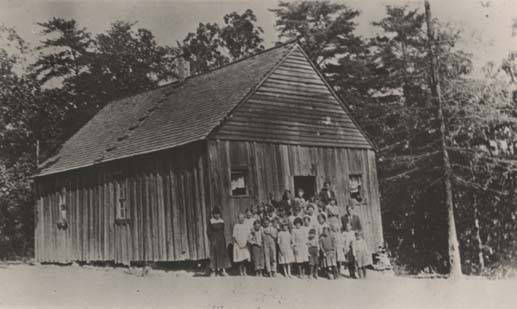
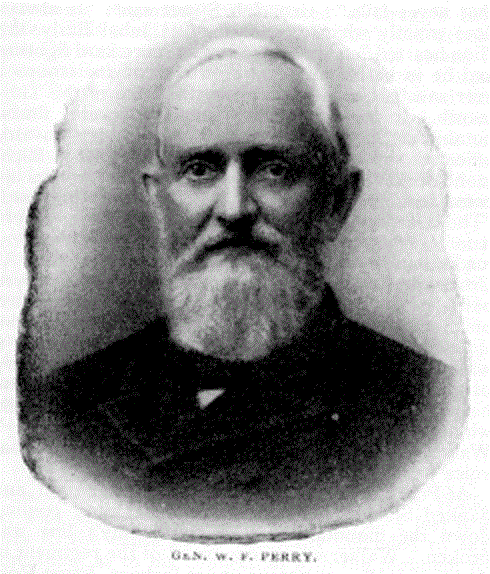
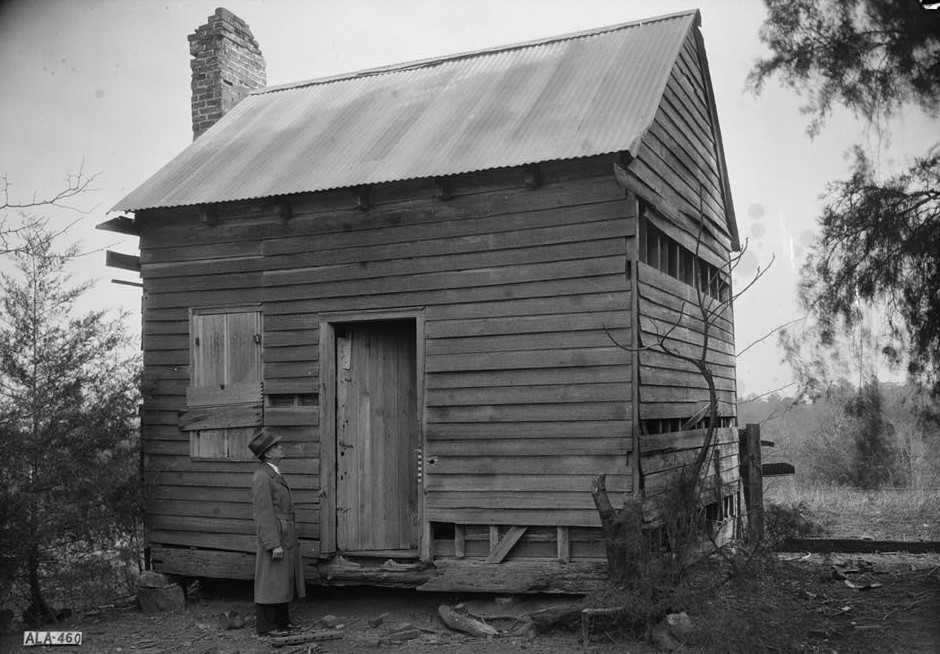

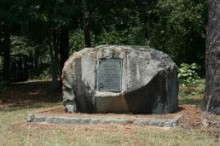
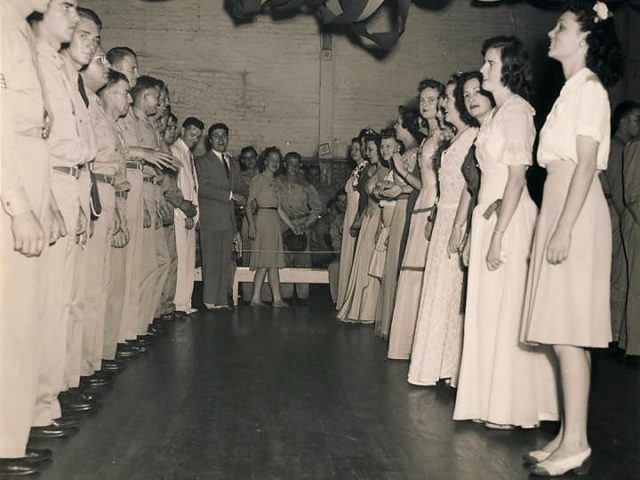
I have a photo of my grandfather’s (born 1888) school which was log. Not sure if it was in New Hope (Vienna) or Cloud’s Cove, Alabama. He looks to be a young teen in the photo.
This looks like my dad’s school (early years). It was called Mallet Hill, in Stough, AL. (Fayette Co.)